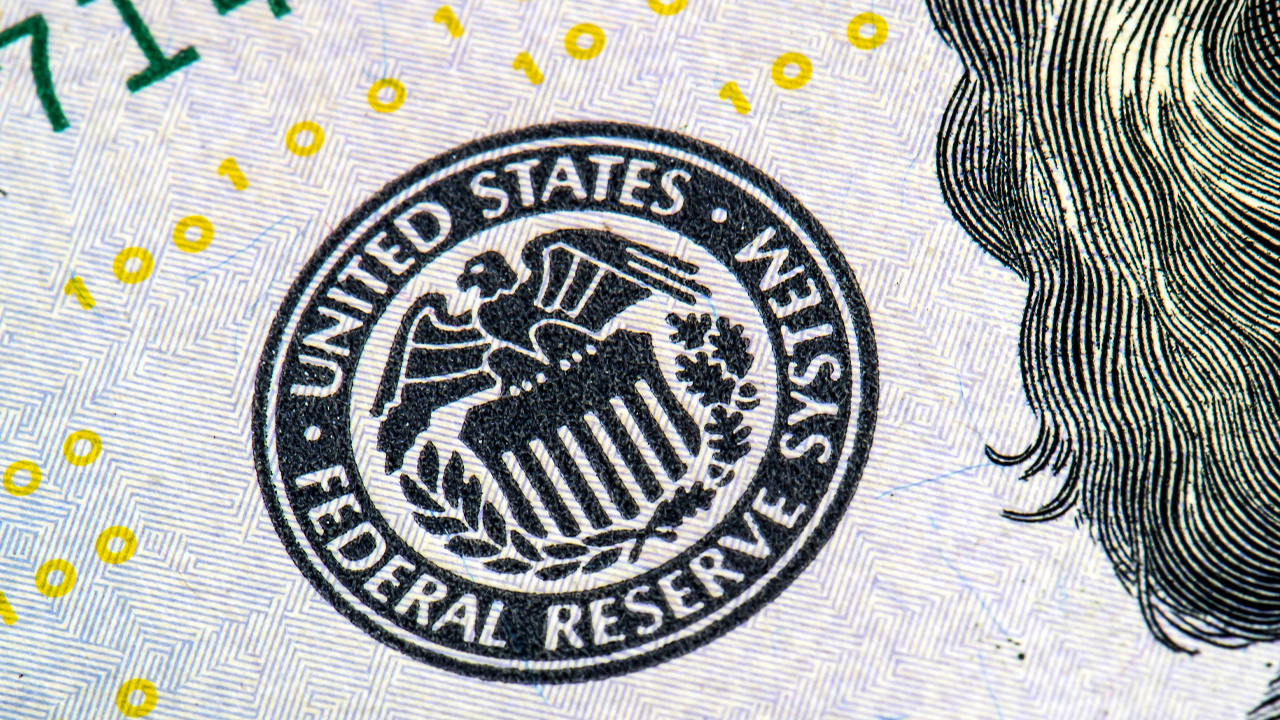On Sunday, the New York Department of Financial Services, or DFS, announced that it had taken possession of Signature Bank. DFS appointed the Federal Deposit Insurance Corporation, or FDIC, as receiver of the bank. In a joint statement, the US Federal Reserve, the Treasury Department and the FDIC explained that all signatory depositors would be made whole, similar to a decision taken by the federal government to bail out California’s Silicon Valley Bank (SVB).
The government is taking decisive action to protect depositors and increase public confidence in the US banking system
Crypto-friendly Signature Bank has been shut down by financial regulators, and the FDIC now has control over the New York-based financial institution. In a press release published Sunday evening, Superintendent Adrienne Harris of the New York Department of Financial Services, or DFS, announced the decision. Harris described Signature as having approximately $110.36 billion in assets and total deposits of approximately $88.59 billion as of December 31, 2022.
The news follows the collapse of Silvergate Bank and the failure of Silicon Valley Bank, or SVB, which was the second largest bank failure in the United States since Washington Mutual’s, or Wamus, bankruptcy in 2008. While many market observers had to wait through the weekend to hear about what would happen with SVB, the public need not wait any longer, as the US Federal Reserve, Treasury Department and FDIC addressed the situation in a press release.
The update, published at 6:15 p.m. ET, explains that the U.S. government is taking “decisive action to protect the U.S. economy” and strengthening “public confidence in our banking system.” After consulting with Treasury Secretary Janet Yellen, the FDIC and the Federal Reserve approved a plan that fully protects all depositors. The government says funds will be available to all depositors on March 13 and the resolution will “not be borne by the taxpayer.” In addition to applying this plan to SVB, the decision to make all depositors whole will also apply to Signature Bank.
As the joint statement came out, another update explained that the Federal Reserve had created a Bank Term Funding Program, or BTFP, to help failed banks and their depositors. “With the approval of the Secretary of the Treasury, the Treasury Department will make available up to $25 billion from the Exchange Stabilization Fund as a backstop for the BTFP. The Federal Reserve does not expect that it will be necessary to draw on these backstop funds,” the US central bank declared.
The US Federal Reserve added:
The board closely monitors developments in the financial markets. The capital and liquidity positions of the US banking system are strong and the US financial system is resilient.
Tags in this story
Adrienne Harris, Assets, backstop, Bailout, bank collapse, Banking System, Bankruptcy, BTFP, crypto-friendly banking, deposit insurance, depositors, Exchange Stabilization Fund, failed banks, FDIC, Federal Reserve Bank Term Funding Program, Financial Institutions, Financial Regulators, Funds, joint statement, market observers, New York Department of Financial Services, plan, Public trust, regulation, resolution, secretary of the treasury, Signature Bank, Silicon Valley Bank, Silvergate Bank, superintendent, Taxpayer, total deposits, treasury department, US central bank, US economy, US Federal Reserve
What impact do you think the government’s actions to protect depositors in the Silicon Valley Bank and Signature Bank cases will have on the overall banking industry and public confidence in financial institutions? Share your thoughts on this topic in the comments section below.
Jamie Redman
Jamie Redman is the news editor at Bitcoin.com News and a financial technology journalist living in Florida. Redman has been an active member of the cryptocurrency community since 2011. He has a passion for Bitcoin, open source and decentralized applications. Since September 2015, Redman has written more than 6,000 articles for Bitcoin.com News about the disruptive protocols emerging today.
Image credit: Shutterstock, Pixabay, Wiki Commons
Disclaimer: This article is for informational purposes only. It is not a direct offer or solicitation of an offer to buy or sell, or an endorsement or recommendation of products, services or companies. Bitcoin.com does not provide investment, tax, legal or accounting advice. Neither the company nor the author is responsible, directly or indirectly, for any damage or loss caused or alleged to be caused by or in connection with the use of or reliance on content, goods or services mentioned in this article.



